Cooking up Amazing Trips contains affiliate links. If you purchase through these links, I may earn a commission at no extra cost to you. See my Disclosure Policy for more information. Thanks for supporting my blog!
10 Curious Things About Madrid
Do you want to know some curious things about Madrid that usually do not appear in guides? The list could be very long, but I will reveal 10 of the most relevant ones here.
When travelling to a new city, I enjoy learning fascinating facts about it as it helps me better understand the place. And if you’ve read this far, you probably feel the same way.
These are the ten curious things about Madrid that I have selected:
10 Curious Things About Madrid
1. The Geographic Center of Spain
The geographical centre of peninsular Spain is located in the Community of Madrid. This is the town of Pinto. Although the current position is more inclined towards the centre of Spain, the Cerro de los Ángeles more for a political and religious issue; history centuries ago attributes it to Pinto.
If you would like to know more about this dispute, I recommend reading my article Pinto: The Geographic Center of Spain.
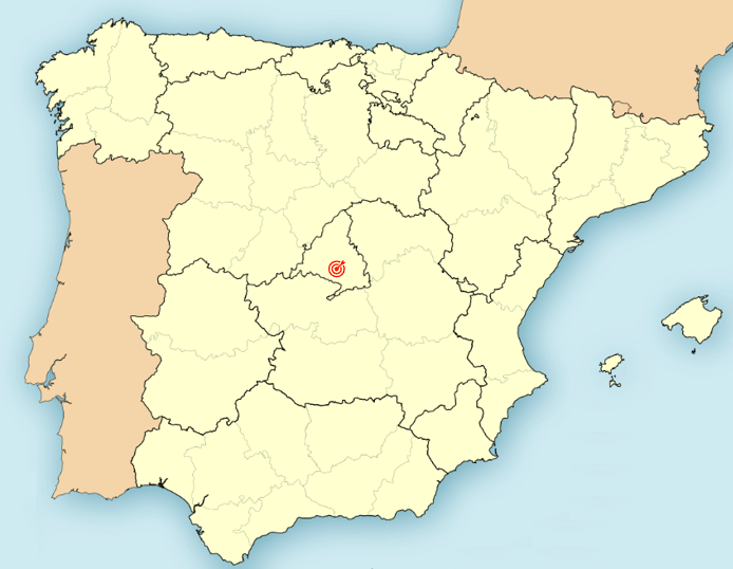
2. Why are people from Madrid called Cats?
The origin of this nickname dates back to 1085 (11th century), when Madrid (then Mayrit) was under Arab rule, and a large wall surrounded the city.
When King Alfonso VI was preparing to conquer Mayrit, a soldier began to climb the wall, helped only by a dagger. Once at the top, he replaced the Arab flag with Alfonso VI’s.
The young soldier climbed the wall so agile and fast that he was nicknamed “cat.” Over time, the nickname would spread to designate anyone born in Madrid. However, it is necessary to be a third-generation Madrid native; both parents and both sets of grandparents must have been born in Madrid.
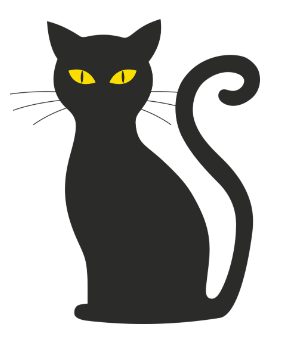
3. The Bear and The Arbutus — Symbols of Madrid
The bear and the arbutus have been the symbols of Madrid since the 13th century. Legend states that the bear was chosen after King Alfonso XI hunted one near the city. However, it is worth noting that it was initially feminine.
The arbutus, a common tree in Madrid, represents the agreement made between the Town of Madrid and the Church in 1222 regarding the lands near Madrid. According to the agreement, the Villa would own the wooded lands, while the Church would own the pastures.
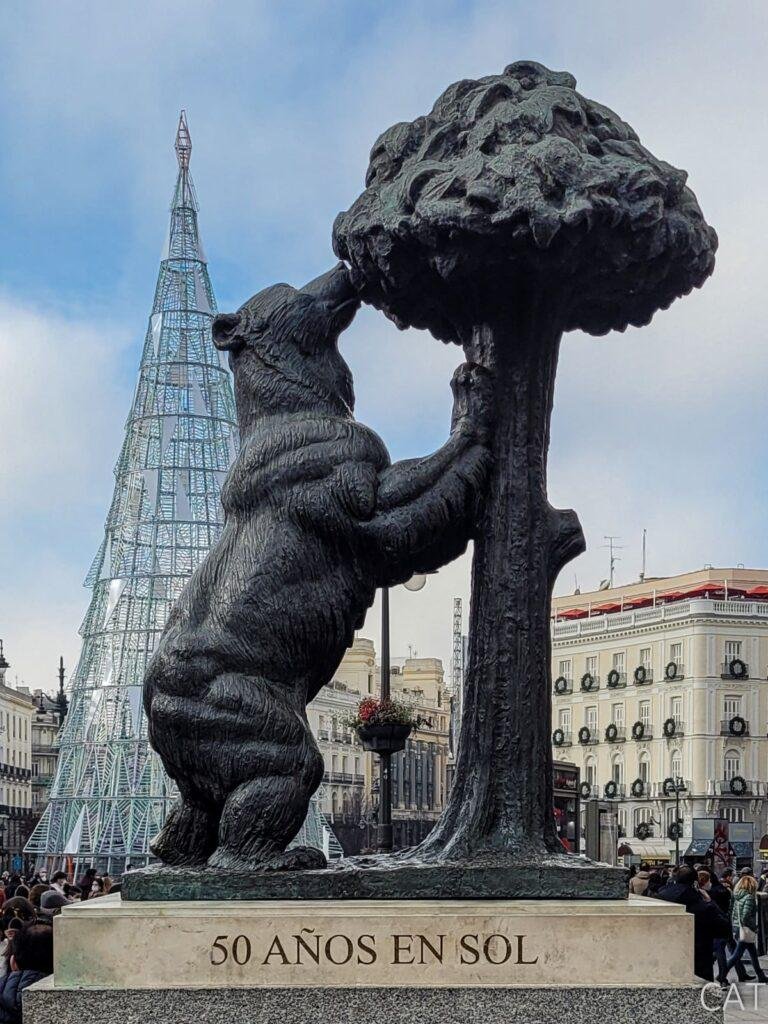
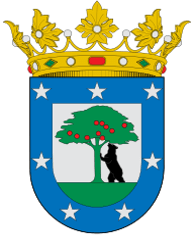
The city’s shield features both, surrounded by seven 5-pointed stars representing the main stars of the Ursa Major constellation, on a blue background to symbolise the sky.
4. The Oldest Restaurant in the World
Madrid has the oldest restaurant in the world still active: Restaurant Botín, located on Cuchilleros Street. It was founded in 1725 and holds the Guinness World Record.
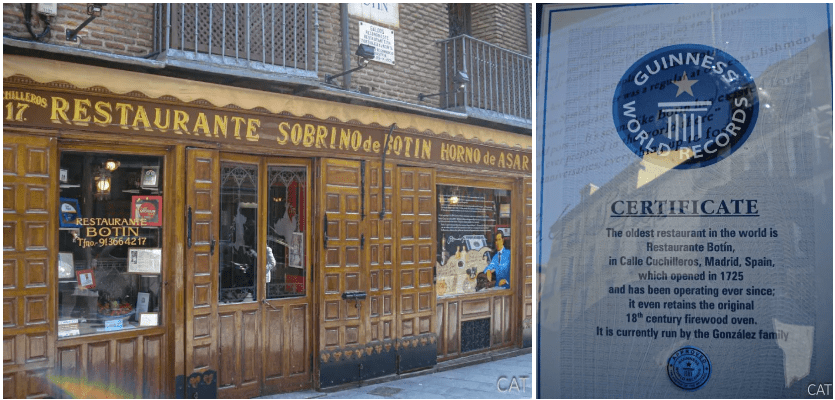
5. The Fallen Angel
In Retiro Park, there is one of the few public statues in the world dedicated to Lucifer or the devil. Created by Ricardo Bellver in 1877, the statue of the Fallen Angel is located at an official topographic altitude of 666 metres above sea level. This altitude coincides with the so-called number of the Beast, a curious fact about the statue.
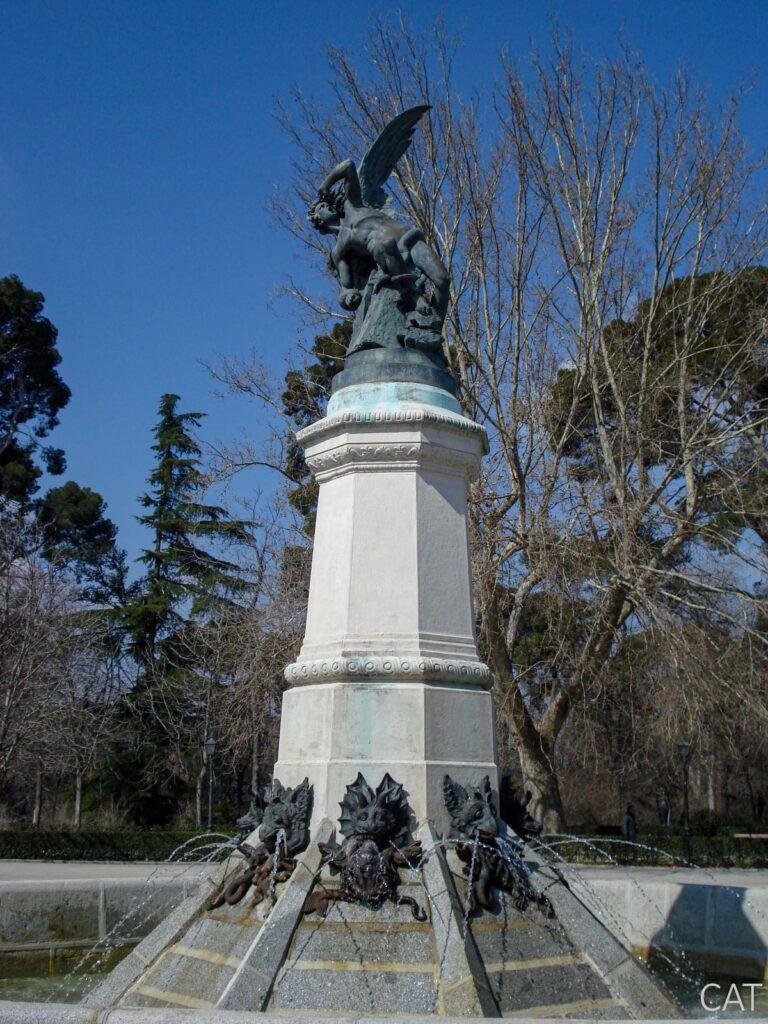
6. The Narrowest House
The narrowest house in the capital is located at number 61, Calle Mayor. It is just over 4 metres wide and is preserved due to its historical significance. The house was once the home of Calderón de la Barca, a legendary figure in Spanish literature who passed away in 1681.
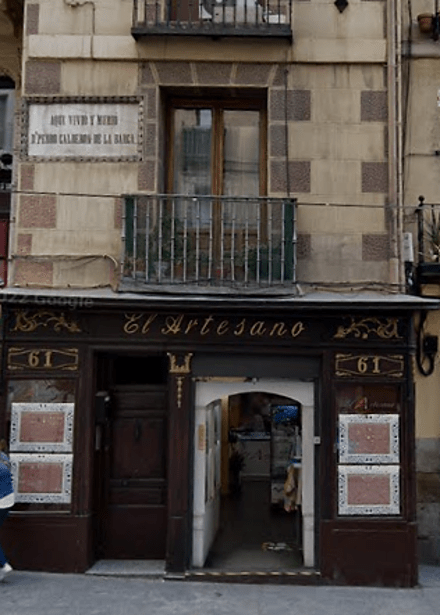
7. The Fourth-Largest Dome of Christianity
Madrid is home to the fourth-largest dome in Christendom. The dome belongs to the Basilica of San Francisco el Grande and measures 33 metres in diameter. It was constructed between 1761 and 1784, with Brother Francisco Cabezas designing it and Francisco Sabatini completing the work. The other three giant domes are in Rome and Florence.
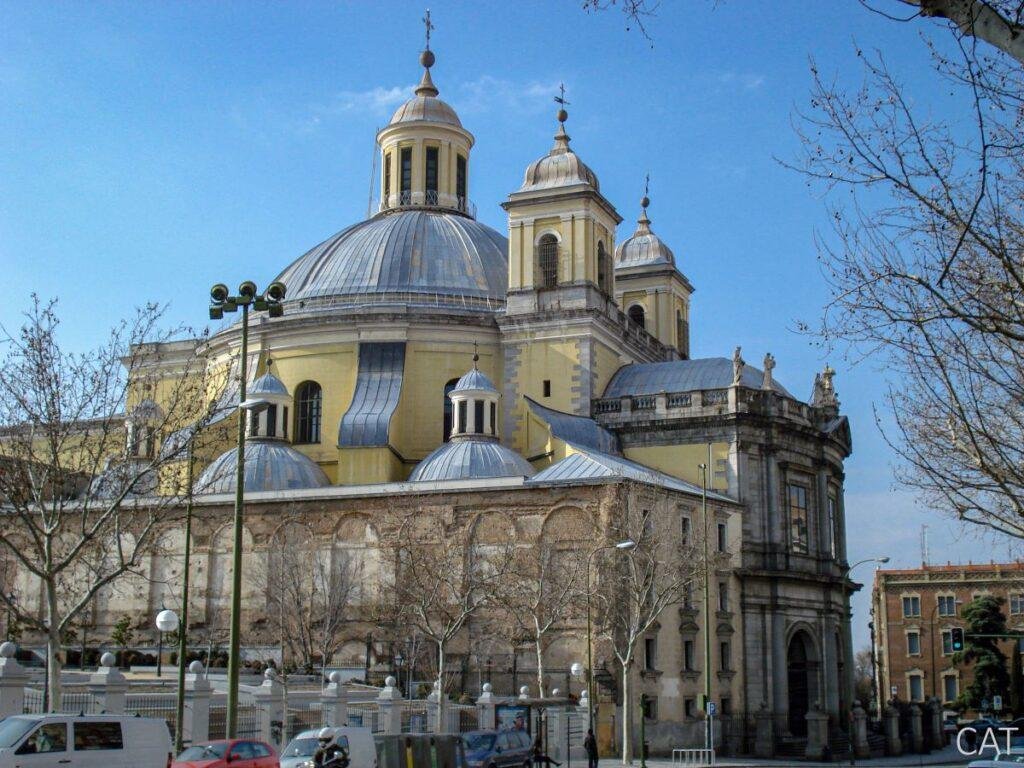
8. With a pair of… Lions
The two lions that adorn the main entrance to the Congress of Deputies have the names Daoiz and Velarde in honour of the two insurgent captains who lost their lives during the May 2nd Uprising of 1808. On that day, the people of Madrid rebelled against the French troops sent by Emperor Napoleon Bonaparte to occupy the Iberian Peninsula.
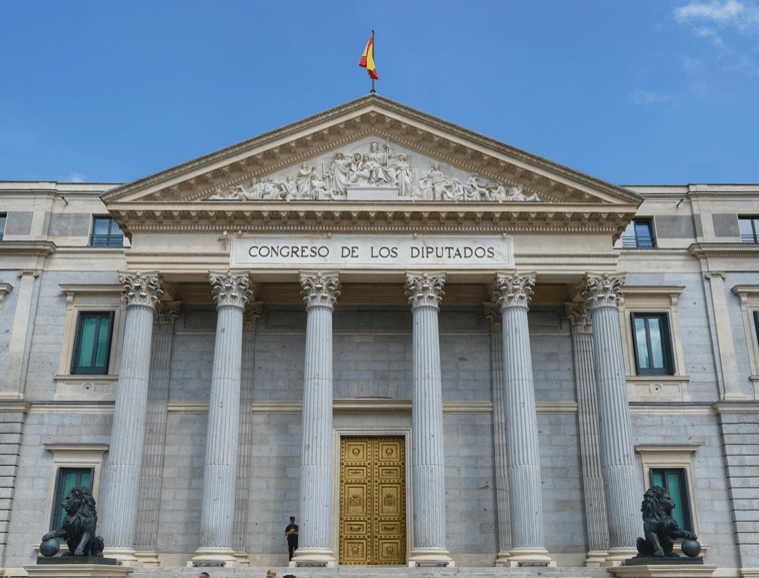
As the inscription at the bottom says, the material for the sculptures comes from cannons taken by the enemy in the African War of 1860.
9. The Walk of Fame
In Madrid, a Walk of Fame resembles the one in Hollywood but on a smaller scale. It was opened in 2011 and situated on Martín de los Heros Street, known for its cinemas and film bookshop. The stars on the Walk of Fame are named after some of the most significant personalities in Spanish cinema, including Pedro Almodóvar, Alejandro Amenábar, Antonio Banderas, Javier Bardem, Penélope Cruz, and José Luis Garci, among others.
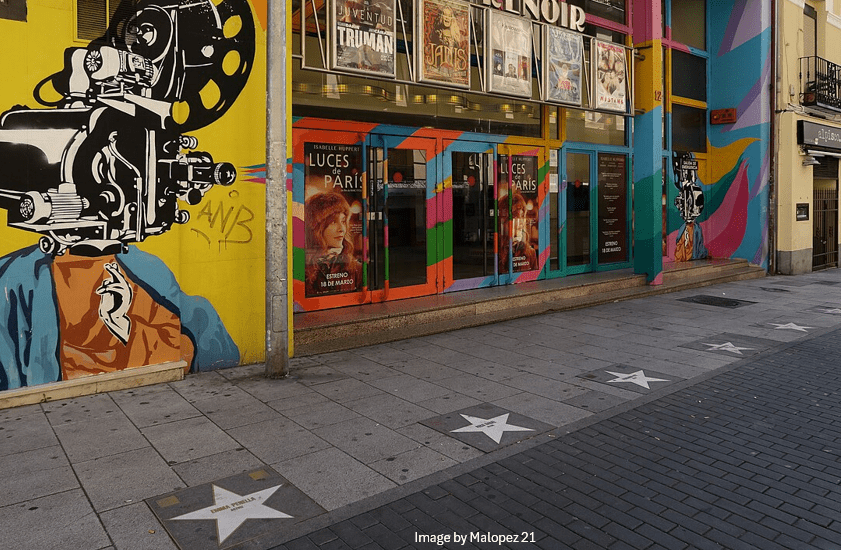
10. It’s About Drawings
In the city centre, many street signs have a drawing that alludes to their past next to the road’s name. There are more than 400 such signs!
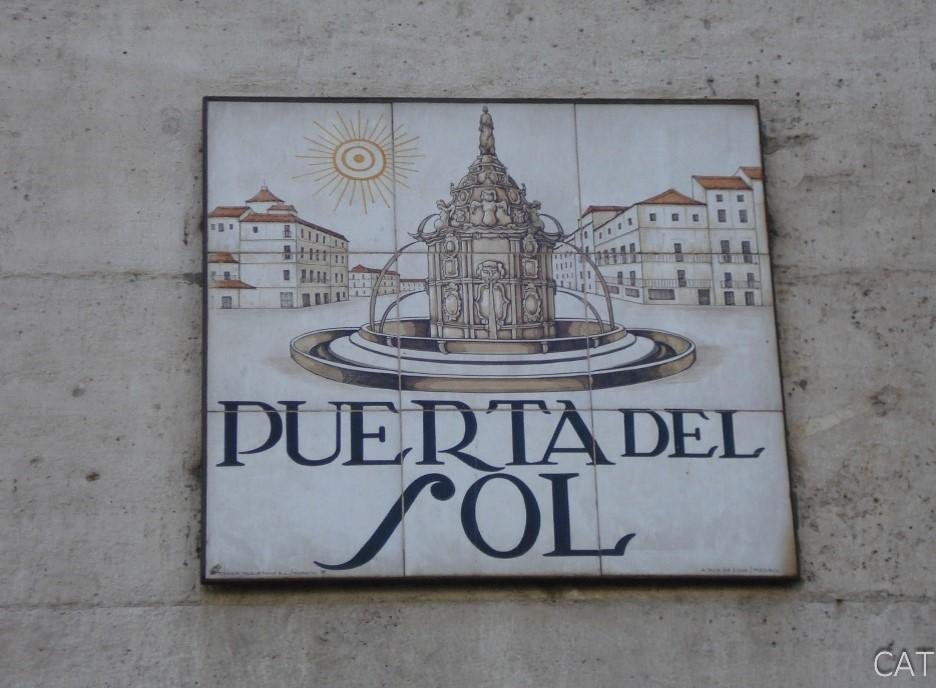
Other Interesting Posts About Madrid
Other articles that may be useful to you if you travel to Madrid are:

- 3-Day Madrid Itinerary (by a local). Itinerary with a map to see the most essential things in Madrid in 3 days (by a Madrid native).
- Madrid: Practical Guide. It includes all the practical information you need to know about getting there, getting around, where to stay and where to go out.
- Madrid: Cuisine and Culture. You must try the main cultural events of the city and the typical dishes of Madrid cuisine.
- 10 Historical Moments that Changed Madrid. It simply and concisely presents ten historical facts about Madrid to help you better understand its culture.
I hope you liked this post and the 10 curious things about Madrid I selected.
Ready to Book your Trip?
To help you organise your adventure, I’ve gathered the best tools I use and recommend for booking flights, hotels, local transport and more. These links support this site at no extra cost to you.
🧳 Book Your Trip Here
- ✈️ Flights: Compare the best prices on flights using Kayak.
- 🛏️ Accommodation: Find hotels and unique stays at great prices worldwide with Booking.com.
- 🚐 Transfers: Pre-book your airport or city transfers to avoid stress on arrival with Welcome Pickups.
- 🚗 Car Rentals: Explore destinations at your own pace by using Discover Cars or Auto Europe to compare reliable car rental providers.
- 💺Transport (Bus and Train Tickets): Compare schedules and easily book intercity bus and train travel with Omio.
- 📷 Tours & Activities: Book fun experiences, guided tours, and skip-the-line tickets in advance with GetYourGuide or Viator.
- 🌐 Internet Connection: Stay connected abroad with eSIMS from Airalo.
Safe travels! 🌏✈️
Additional Information
You can also check my itineraries in Itineraries. Here, you’ll find them classified in City Guides and Country Guides.
Alternatively, in the section Destinations, they are classified based on the type of trip:
- Amazing Experiences. It covers the most extensive and complete trips.
- Beach and Sea. For those who prefer quieter activities by the sea.
- City Breaks. Short trips with a single destination.
📌 If you prefer to see them separated by continents, check them in Portfolios.
Remember to check Cook up Your Trip. There, you will find everything you need to organise your trip from start to finish.
If you have any questions or concerns, please don’t hesitate to contact me. You can leave a comment below or fill out the contact form, and I’ll gladly assist you. 😊



